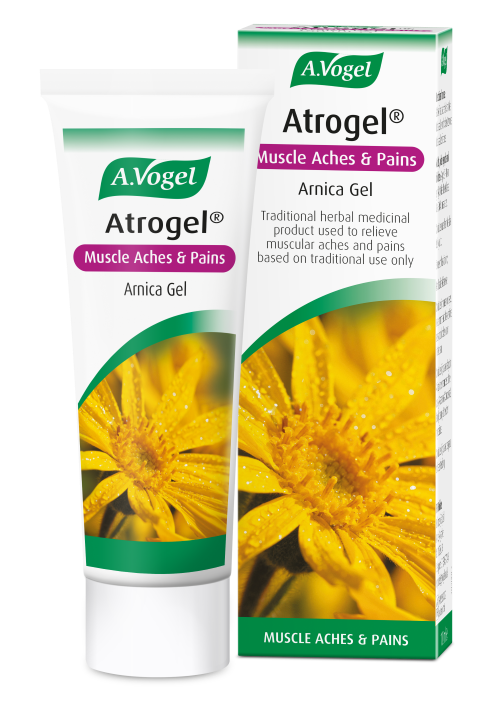Just how healthy are your muscles and joints?
Answer our questions and find out if your flexibility is compromised.
Find out how flexible you areA groin strain usually occurs as the result of overstretching the muscle in your upper thigh attached to the pelvic bone. Exercising too forcefully can often result in muscle tearing, which is why groin strains are commonly associated with sporting injuries. Here, our muscle and joint advisor examines the symptoms of groin strain and suggests what preventative measures can be taken to prevent further damage to the muscle.
Groin strain is when you damage the muscles on the inside of your upper thigh. There are six muscles in your thigh which work together to give you full movement of your leg and hip. Any of these muscles may be strained and damage to the muscle attaching to your groin is referred to as a groin strain.
This injury is common among those who are active in sports such as football or hurdling where running and jumping puts extra strain on the groin area.
Groin strain is most likely to occur where the muscle and the tendon meet. If adequate recovery time is not given, it can become a long term problem as the muscle and bones may weaken.
A tear in a muscle is called a muscle strain. Groin strain is primarily caused by stretching muscles attached to your groin too far or too vigorously. This often happens if they are tensed forcefully or quickly. It can lead to tearing or even rupturing of the muscle fibres. Side stepping movements or sudden changes in direction are often the cause of groin strain, although it sometimes happens after repeatedly running or jumping with poor technique, or by launching into exercise without an adequate warm up.
The first symptom of a groin strain is a sudden feeling of snapping or popping and a severe surge of pain. The pain may be worsened when you move your leg up or bring your knees together. It can be tender in the inside of your thigh and you may develop bruising and swelling. Groin strain, like all strain injuries, are classed by severity of the injury:
As they always say, ‘prevention is better than cure.’ There are simple steps which you should take to minimise your chances of straining the muscles in your groin:
If you do suffer a groin injury it is important to treat it straight away in order to minimise muscle damage. While it is often advisory to seek medical attention with this injury, there are certain measures which you can take immediately to prevent further damage:
Rest the muscle straight away and as much as possible. If you find that walking doesn’t cause any pain, then it is fine to keep walking. However, any activity which increases the level of pain should not be carried out. Try to give yourself as much of a break as possible after the injury, to give it the best chance of healing.
Ice the injury as soon as possible as this will minimise swelling and bruising. Do not apply ice directly onto the skin as this may damage it, but wrap it in a cloth or tea towel first. It is important to keep reapplying the ice, especially within the first couple of days.
Arnica has been used for hundreds of years for their anti-inflammatory properties, and also for minimising bruising. It can be found in licensed herbal remedies such as Atrogel Arnica gel, and if applied frequently after the injury can reduce swelling, bruising and pain.
In Grade 3 injuries, surgery is likely to be necessary to reattach the muscle fibres. It can take several months of physiotherapy after the surgery to be able to return to full strength. It is important to be patient and not return to high levels of activity after these injuries to prevent further strain. You should only return to sport when you no longer feel any discomfort and your leg feels as strong as the uninjured one.
 Looking for a treatment to relieve pain in conditions such as muscle aches or pains, stiffness, rheumatic pain or after sporting injuries?
Looking for a treatment to relieve pain in conditions such as muscle aches or pains, stiffness, rheumatic pain or after sporting injuries?
Buy now from your local store.
“Excellent product, really helps with pain relief.”![]()
To find local independent stores in your area that sell Atrogel Arnica gel, simply type your postcode below.

Answer our questions and find out if your flexibility is compromised.
Find out how flexible you areAs the A. Vogel Muscles and Joints advisor, I recommend Atrogel® for the effective relief from aches and pains.
Learn moreCalf strain is one of the most common types of muscle strain, and running too soon after this type of injury can cause lasting damage.
When to start running again after calf strainDiscover the story of Alfred VogelNature is just about the best thing we’ve got!